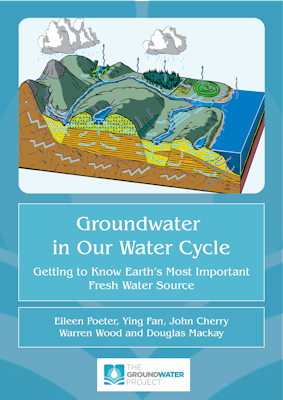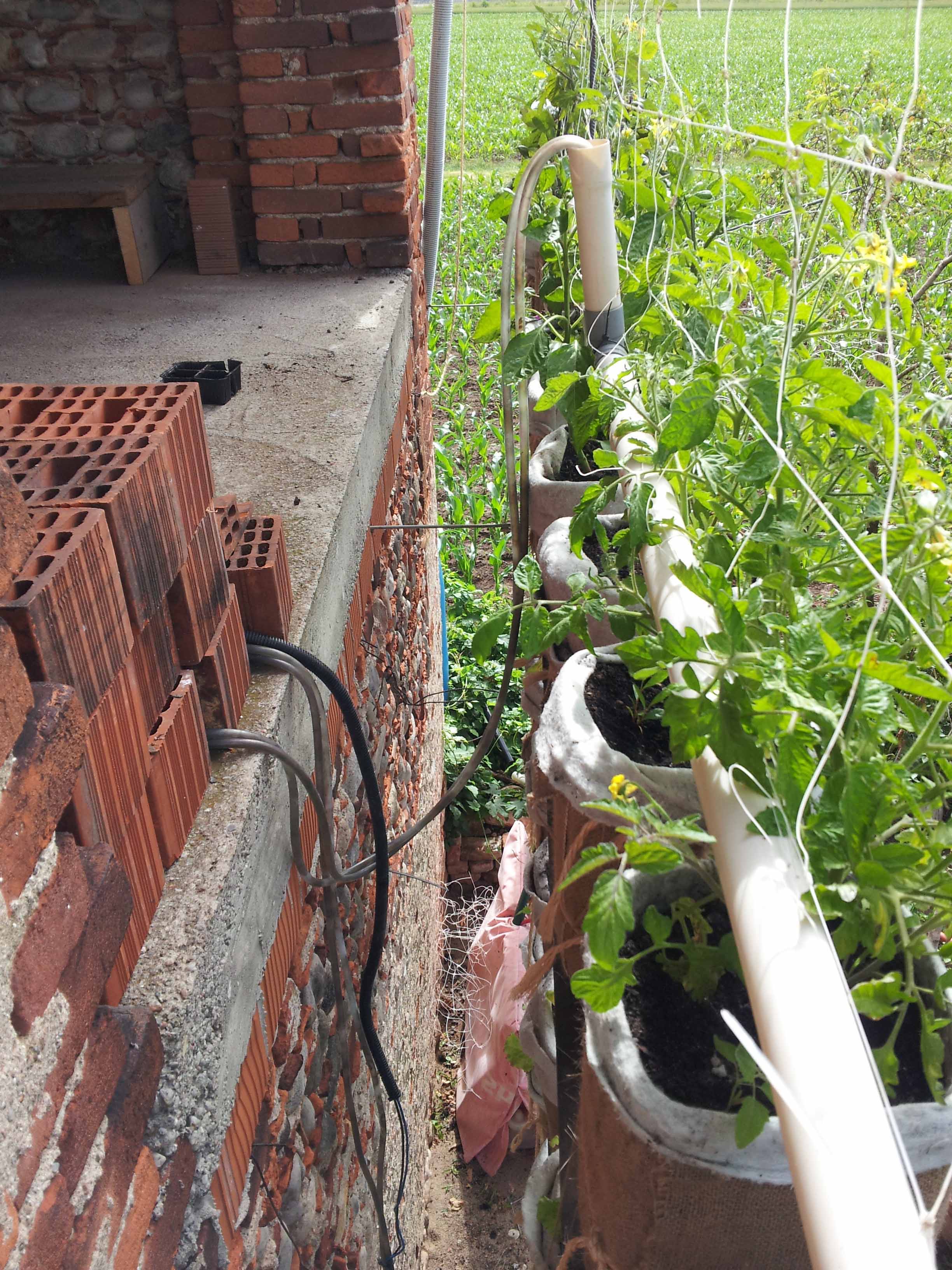


As a result, the peak discharge, volume, and frequency of floods increase in nearby streams. In addition to increasing imperviousness, removal of vegetation and soil, grading the land surface, and constructing drainage networks increase runoff volumes and shorten runoff time into streams from rainfall and snowmelt. Severe erosion can occur when people manipulate the landscape without regard to how flowing rainfall runoff will erode exposed soil.Īs more and more people inhabit the Earth, and as more development and urbanization occur, more of the natural landscape is replaced by impervious surfaces, such as roads, houses, parking lots, and buildings that reduce infiltration of water into the ground and accelerate runoff to ditches and streams. in the basin, which prevent or delay runoff from continuing downstream


Water will flow along channels as it moves into larger creeks, streams, and rivers. During a heavy rain you might notice small rivulets of water flowing downhill. It is easy to see if it flows down your driveway to the curb and into a storm sewer, but it is harder to notice it flowing overland in a natural setting. When rain hits saturated or impervious ground it begins to flow overland downhill. Still, it is true that much of the water in rivers comes directly from runoff from the land surface, which is defined as surface runoff. That is "overly simplified" because rivers also gain and lose water to the ground. Many people probably have an overly-simplified idea that precipitation falls on the land, flows overland ( runoff), and runs into rivers, which then empty into the oceans.
#Summarize the steps of the water cycle. full#
The oceans are kept full by precipitation and also by runoff and discharge from rivers and the ground. In our section about water storage in the oceans we describe how the oceans act as a large storehouse of water that evaporates to become atmospheric moisture.


 0 kommentar(er)
0 kommentar(er)
